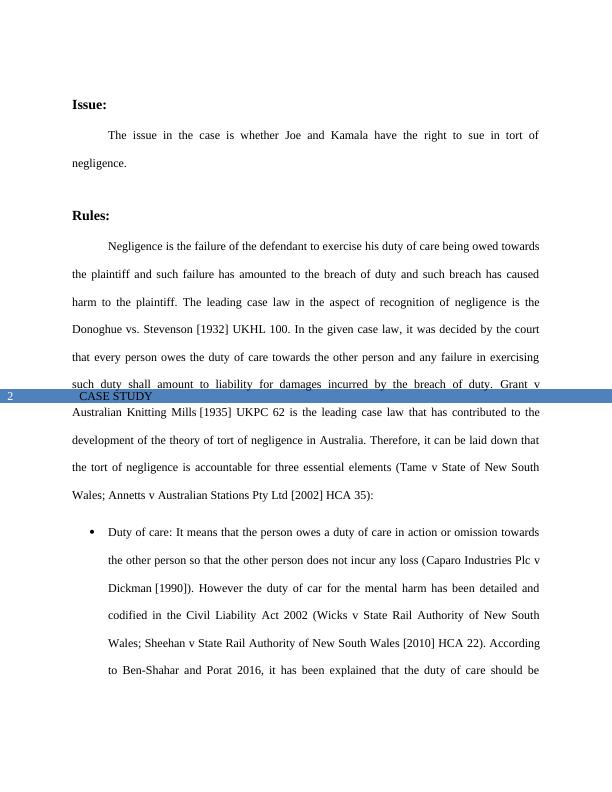Case Study Assignment 2022
This assignment requires students to independently research particular aspects of commercial law, reflect on and consider legal issues, demonstrate understanding of relevant laws, and communicate findings in a formal piece of work. The assignment must be no more than 2,500 words and is due by 4pm on Thursday of Week 10.
Added on 2022-10-17
Case Study Assignment 2022
This assignment requires students to independently research particular aspects of commercial law, reflect on and consider legal issues, demonstrate understanding of relevant laws, and communicate findings in a formal piece of work. The assignment must be no more than 2,500 words and is due by 4pm on Thursday of Week 10.
Added on 2022-10-17
End of preview
Want to access all the pages? Upload your documents or become a member.



